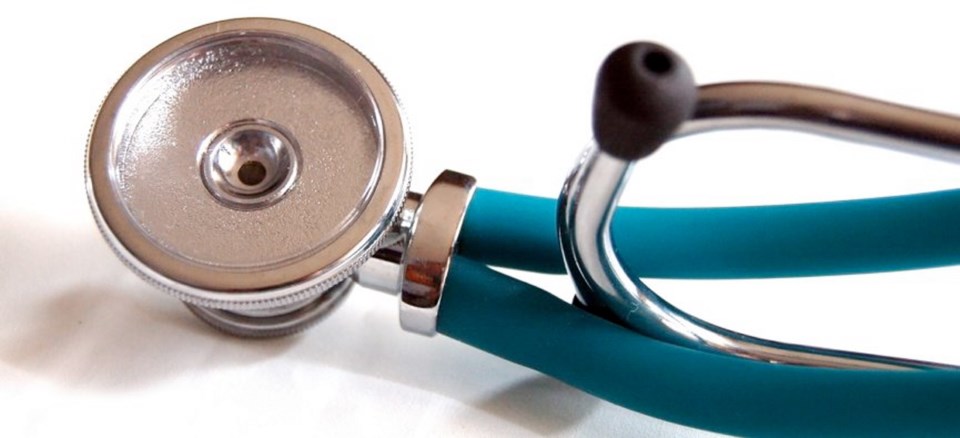2002 was a worrying year for women who were taking hormone replacement therapy to combat troublesome menopausal symptoms. Newspaper headlines reported that a study called the Women’s Health Initiative, conducted by the National Institute of Health, showed an increased risk of breast cancer, heart disease, stroke, gall-bladder disease and blood clots in the legs and lungs of those taking HRT for longer than five years. It was hardly prime time to be prescribed estrogen. But what are the facts in 2018?
The passage of time often changes opinions in many areas. Treatment of menopause is no exception. Now, after 18 years, the Women’s Health Initiative says the potential harm of HRT was overstated for healthy women younger than 60 and that the benefits of HRT outweigh the risk.
Some women require speedy help when menopause begins. One patient of mine, a high school principal — not an easy job — was always upbeat during her annual examinations. But one year, she immediately burst out crying, complaining she had lost complete control. But when prescribed HRT, she was back to her normal self in a couple of weeks.
Some women suffering from troublesome night sweats, insomnia, emotional instability or sexual problems, might experience milder symptoms. But whether mild or severe, the question of safety of HRT always arises. Women must then seek their own doctor’s opinion.
The good news is that HRT cures the majority of patients who complain of hot flashes, night sweats and insomnia. But often overlooked is that HRT also alleviates vaginal dryness, a cause of painful sex, and might reduce urinary frequency, incontinence, joint pain and bone loss.
So who should use HRT? Most authorities now say the benefit of HRT outweighs the risk if the patient is younger than 60, has no history of, or not at high risk of, breast or uterine cancer, stroke or blood clots, and does not have liver or cardiovascular disease.
But suppose the patient is over 60 and has had hot flashes lasting several years? The North American Menopausal Society issued a statement that women over 65 who suffer from moderate to severe symptoms can take HRT as long as benefits outweigh the risk.
Here is a cardinal rule of medicine. There is always risk with HRT, hip replacement or any other medical treatment. But with HRT, the risk can be decreased by using the lowest effective dose for the shortest possible time. It’s also important to get regular medical checkups.
The next question is what’s the best type of HRT? If there has not been a hysterectomy, doctors usually prescribe a combination of estrogen and progestin. Estrogen eases symptoms, but might stimulate the uterine lining, resulting in malignancy. Progestin decreases this possibility. After five years of use, there can be a slight risk of breast cancer.
After hysterectomy, there’s no need to worry about uterine malignancy, so only estrogen is required. Estrogen alone also carries decreased risk of breast cancer.
There’s another important point. Lack of estrogen often results in thinning of the vaginal lining, known as atrophic vaginitis. In severe cases, this can result in tiny vaginal ulcers. Left untreated, it might eventually narrow the vagina making sexual relations impossible. It’s tragic that some women have lived with this condition for 10 or more years, when it could be cured by local estrogen in a few weeks.
Atrophic vaginitis is one of the most overlooked gynecological problems. It happens because women are often reluctant to discuss this matter with their doctor or the doctor does not do a pelvic examination. I once advised readers to remember that Engelbert Humperdink can’t sing with a sore throat, and women cannot have sex with an inflamed vagina.
Women who still have their uterus and are taking HRT must immediately report any bleeding to their doctor. This might be due to a benign uterine polyp that can easily be removed in the office. But it can be due to early malignancy even when not taking HRT.

